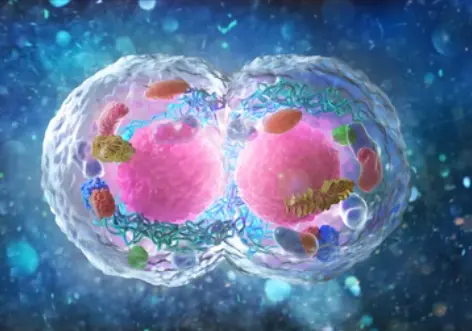 Welcome
Welcome
“May all be happy, may all be healed, may all be at peace and may no one ever suffer."
Tic disorders - Generics
Tic disorders are a group of neurological conditions characterized by repetitive and involuntary movements or vocalizations known as tics. Tics can range from simple, brief movements or sounds such as eye blinking, facial grimacing, or throat clearing, to more complex or prolonged movements or sounds such as jumping, touching objects, or repeating phrases. Tics typically worsen during periods of stress or anxiety and improve during periods of relaxation or distraction.
There are several different types of tic disorders, including:
- Tourette's syndrome: This is the most severe form of tic disorder and is characterized by multiple motor tics and at least one vocal tic that have been present for at least a year.
- Persistent (chronic) motor or vocal tic disorder: This is characterized by either motor or vocal tics (but not both) that have been present for at least a year.
- Provisional tic disorder: This is a temporary tic disorder that lasts for less than a year and typically develops in childhood.
Treatment for tic disorders depends on the severity of the symptoms and the impact they have on a person's daily life. In mild cases, no treatment may be necessary, while in more severe cases, medication and behavioral therapy may be recommended. Common medications used to treat tic disorders include dopamine blockers and alpha-agonists. Behavioral therapy may include habit reversal training or cognitive-behavioral therapy to help manage symptoms and reduce stress and anxiety.
It is important to note that tic disorders are not caused by emotional or psychological factors and are not under a person's conscious control. With appropriate treatment and management, most people with tic disorders can lead normal and productive lives.

Plaque psoriasis

Xerosis

Prophylaxis of clotting i...

Bacterial prostatitis

GI hemorrhage

Trichotillomania

Apnoea

Measles
Tic disorders, টিক রোগ
To be happy, beautiful, healthy, wealthy, hale and long-lived stay with DM3S.